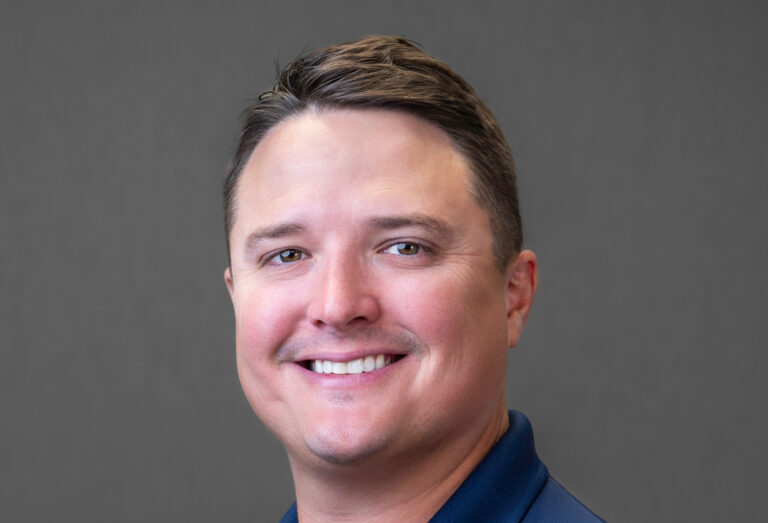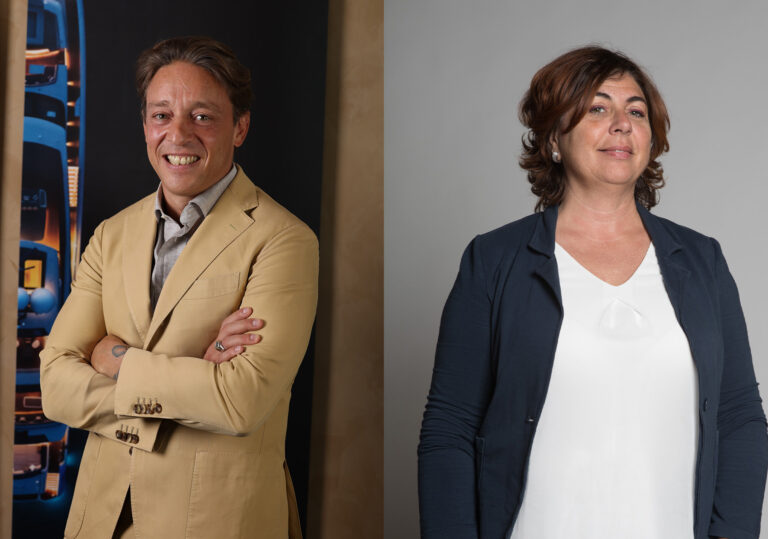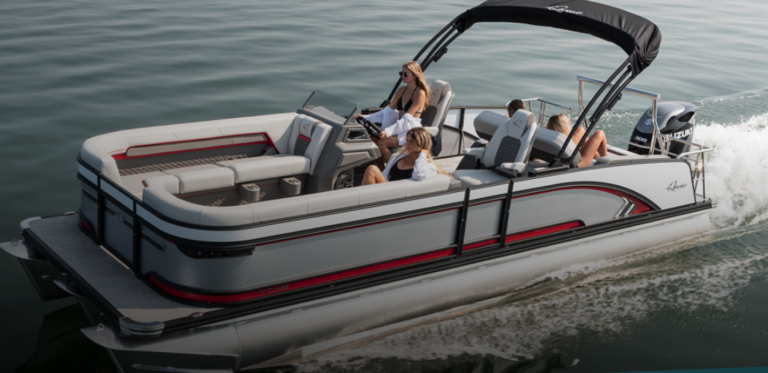The concept finally clicked for boat broker Dave Mallach a few months ago, while he was reaching for soap. He’d had a statistic burning a hole in his brain since January 2020, when JetBlue Airways announced that it would become carbon neutral on all domestic flights, offsetting annual emissions of 15 billion to 17 billion pounds of carbon. Back then, he’d thought, If they can do that, the boating industry can do that.
A year went by, and Mallach felt guilt and complicity. He says that during his career of a little more than two decades, he’s sold more than $50 million worth of boats, most of them 40-knot motoryachts that burn around 150 gallons of fuel an hour. “I just realized, either directly or indirectly, that I didn’t know anyone who had put more carbon into the air than me,” he says. “I didn’t know what to do about it. Then in the shower one morning, it came to me.”
Through his New York-based brokerage, The Fog Warning, he began offering carbon-neutral yacht ownership. Mallach says he’s sold two boats so far under the arrangement, in which owners submit fuel receipts annually so he can calculate and offset their carbon emissions, throughout all their years of ownership. The offsets include investing in programs such as The Ocean Foundation’s SeaGrass Grow, a “blue carbon” project that repairs damaged seagrass and educates boaters about how to protect seagrass from propeller damage.

“It’s such a win-win thing,” Mallach says. “The average boater is putting 12,000 to 18,000 pounds of carbon a year into the air. The good news is that offsetting the damage is not a dollar-per-dollar investment. It costs about 11 cents a gallon to offset the fuel that’s used. For a big boat, it’s going to cost less than $2,000 a year to offset the damage.”
Blue carbon is an emerging concept in the offset and sequestration sector. While long-established green carbon programs involve such things as solar and wind power, blue carbon focuses on coastal vegetation such as mangroves and seagrass. For blue carbon, standards are being developed for how to calculate each program’s impact.
According to Jason Donofrio of The Ocean Foundation, a nonprofit in Washington, D.C., more and more people are looking at blue-carbon projects because mangroves and seagrass are 10 to 15 times more effective at sequestering carbon than a tree in the Amazon rainforest — and because blue carbon offers “additionality,” or benefits beyond carbon sequestration itself.
“One acre of seagrass can support up to 50 million small invertebrates like crabs,” Donofrio says. “It also helps to filter the water, so it wards off things like ocean acidification. It protects against flooding, so the places that we do this work are in tropical climates, which are also the places that are facing the brunt of increasing storms. Seagrass works as the first line of defense, and then mangroves help prevent against flooding. And it’s helpful to local livelihoods. These coastal communities depend on having healthy, thriving ecosystems for fishing and tourism.”
Rachel Goult, managing director of the British company Yacht Carbon Offset — which has helped large yachts offset carbon emissions since 2008 — says yacht owners started asking about blue carbon projects after seeing options limited to green-carbon initiatives.
“People were asking why there couldn’t be something specific to marine,” she says. “The answer is that the carbon credits really weren’t out there, but I did some research and managed to find one project, a mangrove restoration and conservation project in Kenya.”
Goult joined Yacht Carbon Offset in September 2019 after two decades at Standard & Poor’s, which rates things like wind projects. Verifying a blue-carbon project is different, she says. And harder.
“If you’re putting up a wind project, you know the manufacturers of the turbine and how much energy it’s generating — it’s very easy to work out how much in fossil fuels it’s making up for in the grid,” Goult says. “Whereas here, you have to look at what each plant does, what’s happening below the soil. It’s much more variable, the data.”

Donofrio says that even getting a blue-carbon project to the point of verification means overcoming substantial hurdles. To get The Ocean Foundation’s SeaGrass Grow project up and running in Puerto Rico, he says, the organization needed approvals from the U.S. Army Corps of Engineers, clearance under the Endangered Species Act, and more.
These challenges are one reason, he says, that the organization also undertook an initiative directed at the biggest threat to seagrass: boaters. Seagrass grows in shallow waters, typically 15 feet or less. When boats hit bottom and get stuck, skippers tend to rev the engines and spin the props. That action destroys seagrass that may take hundreds of years to grow back. Preventing that damage is a lot easier than fixing it.
So with funding from the Chesapeake Bay Trust in the mid 2010s, The Ocean Foundation worked with marinas to determine what kinds of signs were best for educating boaters. “We have tried to get more and more marinas to adopt it,” Donofrio says.
Goult says another small but effective industry initiative is happening in yacht charter. During the pandemic’s travel downturn, Yacht Carbon Offset worked with charter companies to add a question to client preference sheets about funding carbon offsets. On a one-week charter that burns around 2,640 gallons of fuel, she says, a client can offset carbon emissions for about $325.

“There’s nothing to lose from the charter company’s perspective,” she says. “They’re not paying anything for it, and they’re simply asking the question. The price is modest for these clients.”
Donofrio says The Ocean Foundation will work with brokers, dealers or builders — big or small — that have ideas of their own, or that want to offer the kind of carbon-neutral ownership program Mallach created. “His vision is much more ambitious than most people who partner with us,” Donofrio says. “Most people offset something, maybe a yearly trip for a family of four on a vacation. Dave is saying that he doesn’t want there to be a footprint from the sale of a boat. That’s pretty remarkable. It’s not just a one-time thing. It’s a perpetual thing. We’ve never had a boat broker come to us. He is the first.”
Mallach says he hopes to gain lots of company. “It seems to me every dealer in the world should be doing this, to save our planet for our children and grandchildren,” he says. “I’m trying to start a movement.”
This article was originally published in the June 2021 issue.













